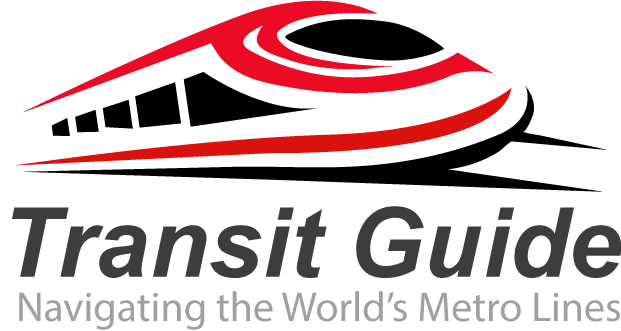Tokyo’s metro system stands as one of the world’s most efficient and comprehensive urban transportation networks. With over 285 stations across 13 lines, the Tokyo Metro serves millions of passengers daily, making it an essential lifeline for both residents and visitors exploring Japan’s bustling capital city.
Understanding Tokyo’s Two Major Railway Systems
Tokyo operates two primary metro systems: Tokyo Metro and Toei Subway. Tokyo Metro, the larger network, manages nine lines including the popular Ginza, Marunouchi, and Hibiya lines. The Toei Subway system complements this with four additional lines. Together, these systems create an interconnected web that reaches virtually every corner of metropolitan Tokyo.
Key Tokyo Metro Lines for Travelers
The Yamanote Line, though technically part of JR East, forms the backbone of Tokyo’s rail network, creating a loop around the city’s major districts. For metro-specific travel, the Ginza Line connects Shibuya to Asakusa, passing through upscale shopping areas. The Marunouchi Line provides crucial access to Tokyo Station and the Imperial Palace area, while the Hibiya Line efficiently connects Ebisu to Kita-Senju.
Navigation Made Simple
Modern Tokyo metro stations feature comprehensive English signage, making navigation straightforward for international visitors. Each line uses distinct colors and symbols, while stations display clear platform numbers and direction indicators. Digital displays show train arrival times with remarkable precision, typically accurate to the minute.
The metro system operates from approximately 5:00 AM to midnight, with trains running every 3-5 minutes during peak hours and 5-10 minutes during off-peak times. Rush hours (7:30-9:30 AM and 5:30-7:30 PM) can be extremely crowded, so plan accordingly.
Ticketing and Payment Options
Tokyo Metro offers various payment methods to suit different travel needs. The IC cards (Suica and PASMO) provide the most convenient option, allowing seamless travel across all Tokyo transportation systems. These rechargeable cards work for metro, buses, and even some shops and restaurants.
For tourists, the Tokyo Metro 24-Hour Ticket and Tokyo Metro 48-Hour Ticket offer unlimited rides on Tokyo Metro lines at discounted rates. The Greater Tokyo Pass includes both Tokyo Metro and Toei lines, plus JR trains within Tokyo’s 23 special wards.
Essential Travel Tips
Purchase tickets from vending machines available in Japanese and English. Always stand on the left side of escalators, allowing others to walk on the right. Priority seats near doors are reserved for elderly, pregnant, or disabled passengers.
During peak hours, station staff may assist with crowd control, and some train cars are designated for women only. Mobile phone etiquette requires switching devices to silent mode and avoiding conversations while on trains.
Cultural Significance and Efficiency
Tokyo’s metro system represents Japanese precision and consideration for others. The network’s punctuality is legendary, with average delays measured in seconds rather than minutes. This reliability makes the Tokyo Metro not just a transportation system, but a cultural experience showcasing Japanese values of efficiency and mutual respect.
Whether visiting iconic neighborhoods like Shibuya and Shinjuku or exploring traditional areas such as Asakusa, Tokyo’s metro system provides safe, reliable, and affordable access to the city’s countless attractions, making it an indispensable tool for any Tokyo adventure.

